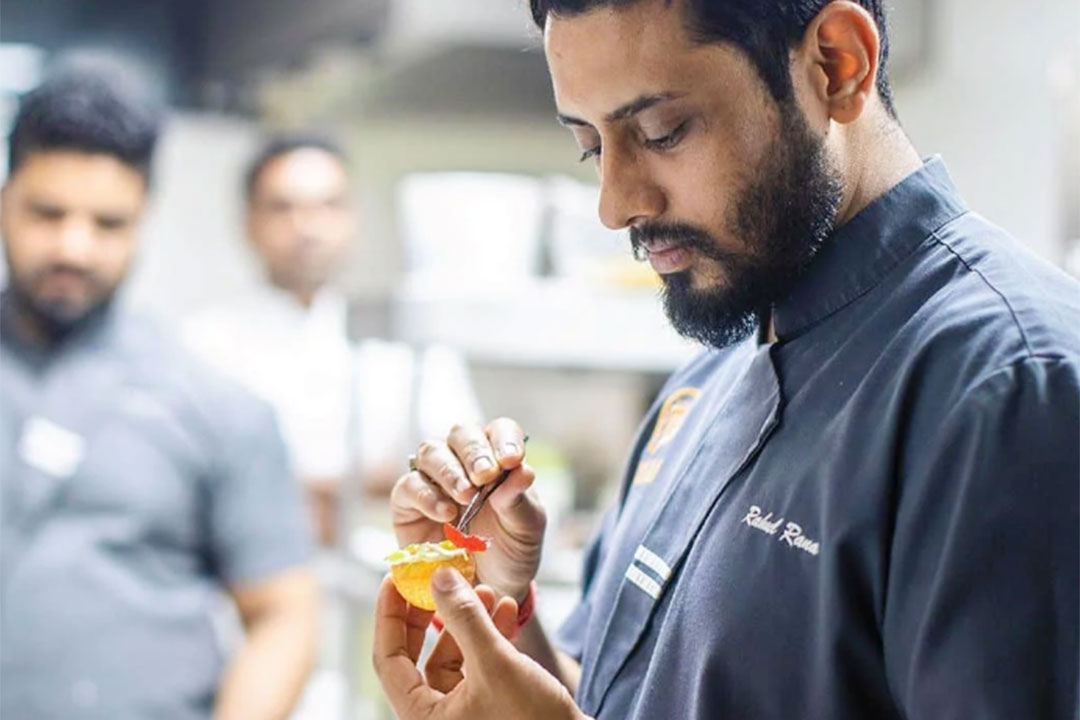In 2019, just before the COVID-19 pandemic hit, a close friend and mentor made the tough decision to finally shut down his family’s 70-year-old business. The service business was founded by his parents in 1949. He was made to take over on its 43rd year, and he successfully brought it to new heights in its forties to its sixties. But circumstances eventually changed, and after 27 years at the helm, he finally closed the business after its 70th anniversary.
Many Philippine micro, small, and medium enterprises — mostly family-run businesses — do not make it to the third generation. Lack of succession planning is often cited as the culprit, or unwillingness of founders to hand over the reins until death comes knocking. But in many instances, the issue lies with the ever-changing economic landscape. A shoeshine business started after the war, for instance, would have been utterly useless today.
And the “problem” with succession is not only here but in other countries as well, particularly those with aging populations. It was thus unsurprising to read about Japan in particular, where Agence France Presse (AFP) recently reported on a looming “era of mass closures” given the number of small businesses without successors. In fact, because of the aging population, a lot of homes in Japan are also ending up without owners to inherit them.
“A 2019 government report estimated that about 1.27 million small business owners would be 70 or older by 2025 and have no successors. The trend could kill up to 6.5 million jobs and reduce the size of the Japanese economy by 22 trillion yen ($166 billion), the study warned,” AFP reported recently, as published locally by the Philippine Star.
“It is a problem that Japan’s government warns could affect up to a third of all small businesses in the country by 2025, as the country’s population shrinks and ages,” AFP reported. “The problem is so vast that Japan faces an ‘era of mass closures’,” it quoted Shigenobu Abe of bankruptcy research firm Teikoku Databank.
The research firm also noted that “by 2029, the situation will worsen still, as baby boomers hit 81, the average life expectancy for Japanese men, who account for most of the presidents of these firms.” AFP also quoted Abe as saying, “We know for sure that many workers will lose their livelihoods because of this.”
Many of the reasons for the closures are the same for Filipino small businesses that die from what may seem a natural death. In Japan, AFP reported, one reason is that small businesses have become “unattractive” to young people. And, “firms in rural areas struggle further because of [young people’s] preference for city life and a growing trend of rural depopulation,” AFP added.
I recall having watched a television show not too long ago on how old family-run restaurants outside Tokyo lack successors to take over the business from their present owners. The same issue hounds a lot of hawker businesses in Singapore, I was told. The situation is creating opportunities for immigrants to take over.
In the Philippines, sectors affected by lack of successors include agriculture and fisheries. Many small farming and fishing operations are operated by aging farmers and fisherfolk whose children have moved out and opted for white- and blue-collar jobs in cities. Many of their children have moved into urban areas and opted out of their original or ancestral livelihood.
Problems related to this may not be so evident now, but they will become more obvious by the next generation. Unless, that is, we can find ways to improve on farming and fisheries, make our lands and seas more productive, and allow a more-than-decent income for those who will opt to go back to their roots or to take over from our aging farmers and fisherfolk.
The same goes for our small businesses, which account for the majority of business enterprises operating in the country. There should be ways to ensure continuity and succession. One way is to make these businesses sufficiently prosperous even in challenging times, so that they can remain viable and profitable options for their founders’ successors.
The reality, however, is that many of these small businesses require a lot of time, effort, and hard work to survive. They require long hours from owners, limited to no holiday or vacation breaks, and a lot of sacrifice. Many owners do not draw salaries and rely only on profits, if any. Business and personal funds are also comingled.
But somehow one is left with the impression that the younger generation, having been exposed to many things, prefer lives different from those of their parents. And, to an extent, many parents would want better lives for their children — one devoid of the hardships and sacrifices they endured to improve the lot of the next generation. And this can mean the “death” of the family business.
And then there are other considerations. In Japan, as AFP quoted Teikoku’s Abe, “waves of closures will mean the loss of specialized craftsmanship, unique services and original restaurant recipes that make up Japan’s social and cultural fabric… Over time, what makes Japan unique could disappear due to a lack of successors… I think it will deal a serious blow to Japanese culture and Japan’s attractiveness as a tourism destination.”
But for those with a higher risk appetite, and the willingness to gamble on running a business, “the glut of affordable small businesses can be a boon for young people looking to break into a sector,” AFP reported. And some young people have actually given up on professional jobs to take over small enterprises and make a go of them.
Locally, I believe this is also the challenge, not only for small businesses but for the agriculture sector and the government itself. Entrepreneurship is not for everyone, including the children of entrepreneurs themselves. But entrepreneurs, business starters, remain the backbone of any economy. Any big company started small, started by founders, by entrepreneurs willing to take risks and work hard.
And any population will not flourish unless it is well-nourished. Nutrition, beyond survival, requires more farmers and fisherfolk to till the land and venture into the seas. Education, without proper nutrition, is pointless. And a growing population will always require food, farms, and fishing areas.
Marvin Tort is a former managing editor of BusinessWorld, and a former chairman of the Philippine Press Council
matort@yahoo.com













